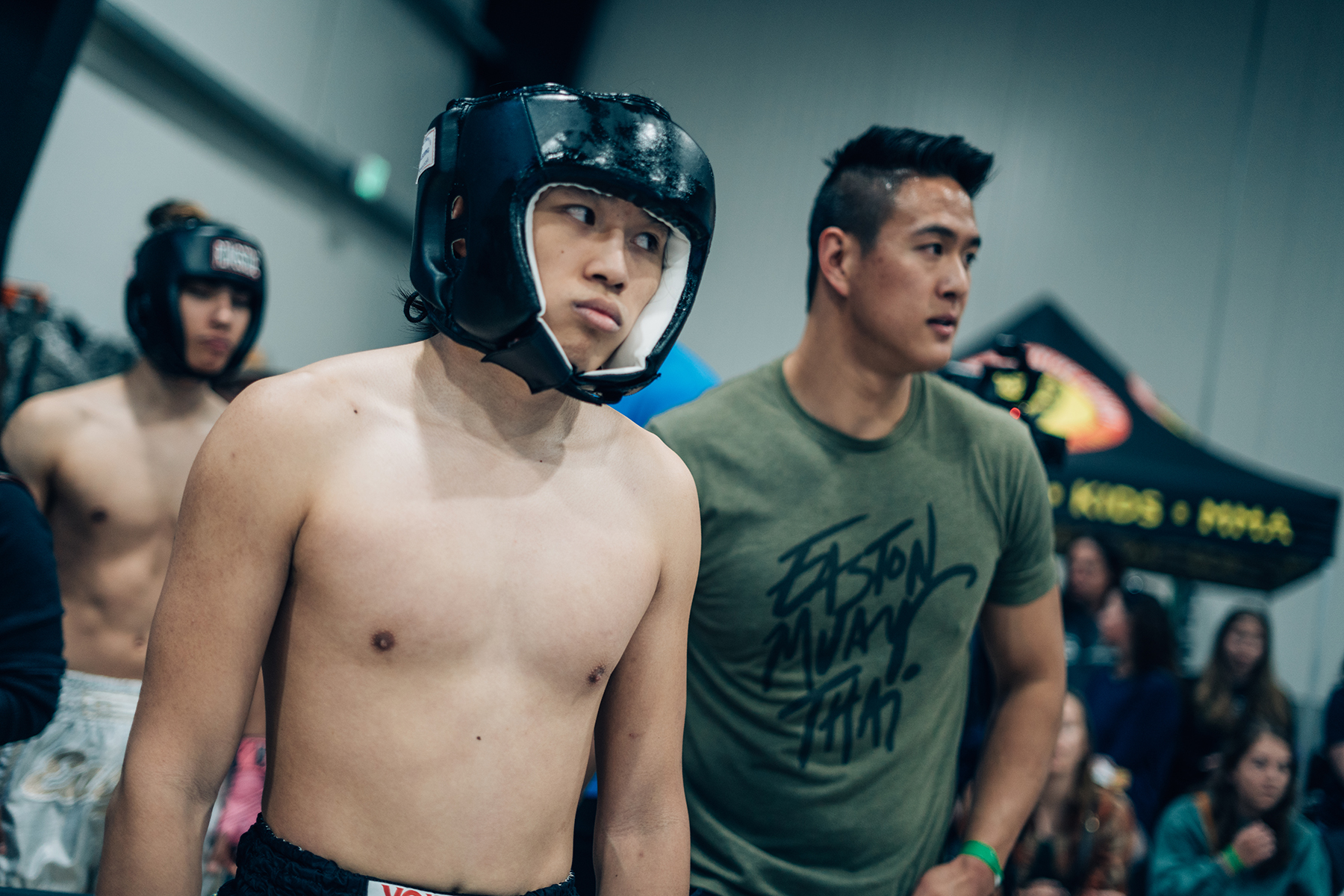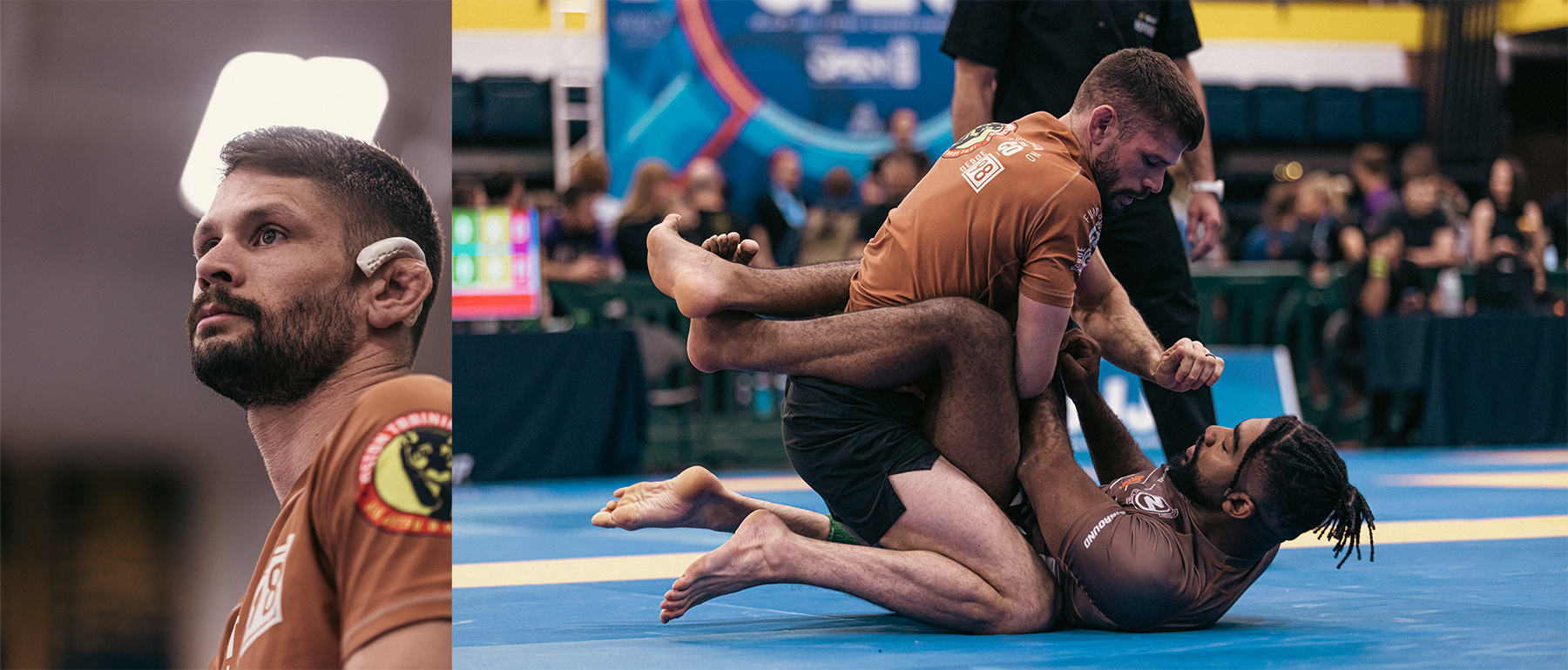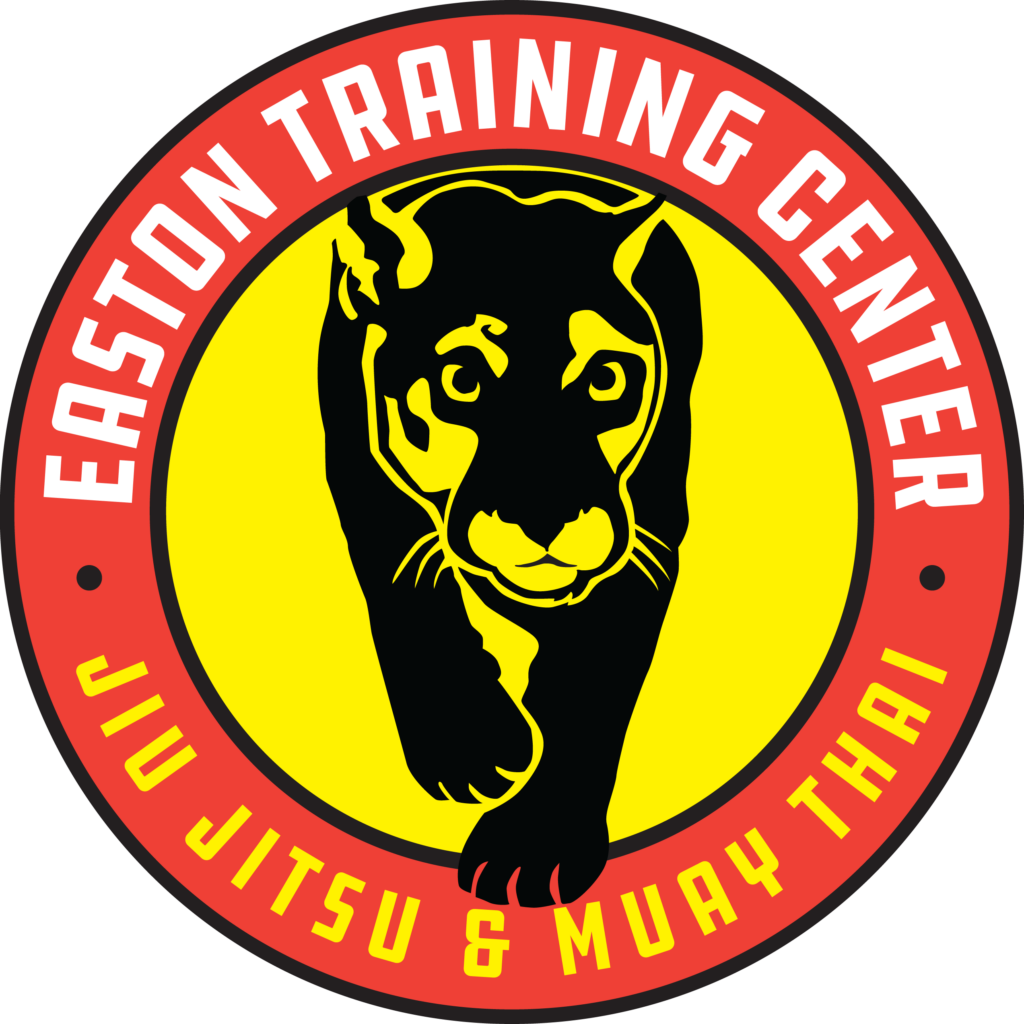It’s no secret that martial arts can be a demanding sport. And we all know that even though takedowns, kicks and punches come with the territory, even the most well-intentioned training sessions or matches can result in an injury.
Whether it’s a sprained joint, strained muscle or something more severe, make sure you take the time and steps to recover properly. Here are some of our favorite, tried and true ways to recover from an injury and help you navigate returning to the mats.
Get checked out and start resting immediately
When an injury occurs, the first and most crucial step is to allow your body to rest. Continuing to train with an injury can exacerbate the damage and prolong the recovery process. If the injury seems like more than just a sore muscle or stiff joint, seek medical attention. Consult with a healthcare professional to assess the severity of the injury and receive a diagnosis. This may involve X-rays, MRI scans, or other diagnostic tests to determine the extent of the damage.
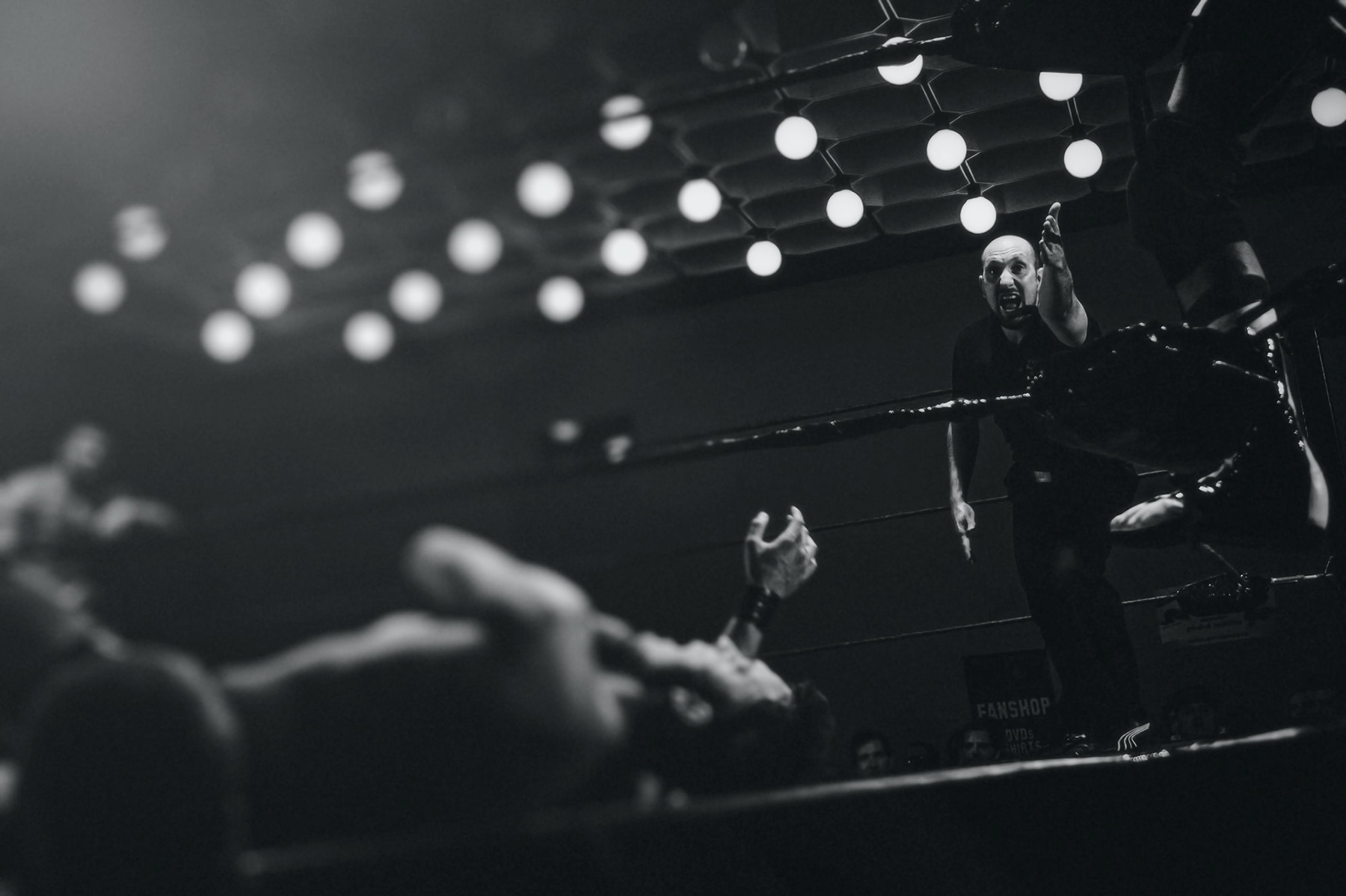
Prioritize sleep
Sleep is the real MVP when it comes to healing, even without an injury. During sleep, the body releases growth hormone, which aids in repairing tissues and promoting overall recovery. You should aim for 7 – 9 hours of uninterrupted sleep every night.
To help promote better sleep, create healthy sleep hygiene habits including:
- a darkened room
- cool temperatures
- go to bed at the same time every night
- avoid blue light, like the kind emitted from your TV, phone or computer within two hours of your bedtime.
Physical Therapy
Once your injury has been evaluated by a medical professional, physical therapy may be recommended as a course of treatment. A physical therapist can design a personalized rehabilitation program to address specific muscle groups and joints affected by the injury.
This may include targeted exercises, stretching routines, and manual techniques to enhance flexibility, strength, and range of motion and prevent future injuries. The goal is to gradually introduce rehabilitation exercises into your routine as advised by your physical therapist and progress over time as you heal.

[Stretching For Recovery, Performance and Injury Prevention]
Nutrition and Hydration
Food matters! Proper nutrition plays a vital role in recovery, so load up on a balanced diet with plenty of protein, veggies, fruits, vitamins, and minerals to fuel that healing process. Don’t forget your emotional support water bottle. Staying hydrated helps aid in recovery by allowing nutrients and oxygen to reach areas of injury to increase recovery.
[Kick the Sugar, Optimize Your Training Fuel and Feel Better]
Mental and Emotional Support
Injuries can take a toll on mental well-being. Stay positive and focused on your recovery goals. Engage in activities that promote mental well-being, such as meditation, visualization, or talking to a sports psychologist.
Even though injuries can make us less active, make sure you take time to connect with others and stay socially engaged. While all the healthy eating, sleep and training keeps our bodies physically fit, studies prove time and time again that social connection is vital to the overall happiness and longevity of our lives.
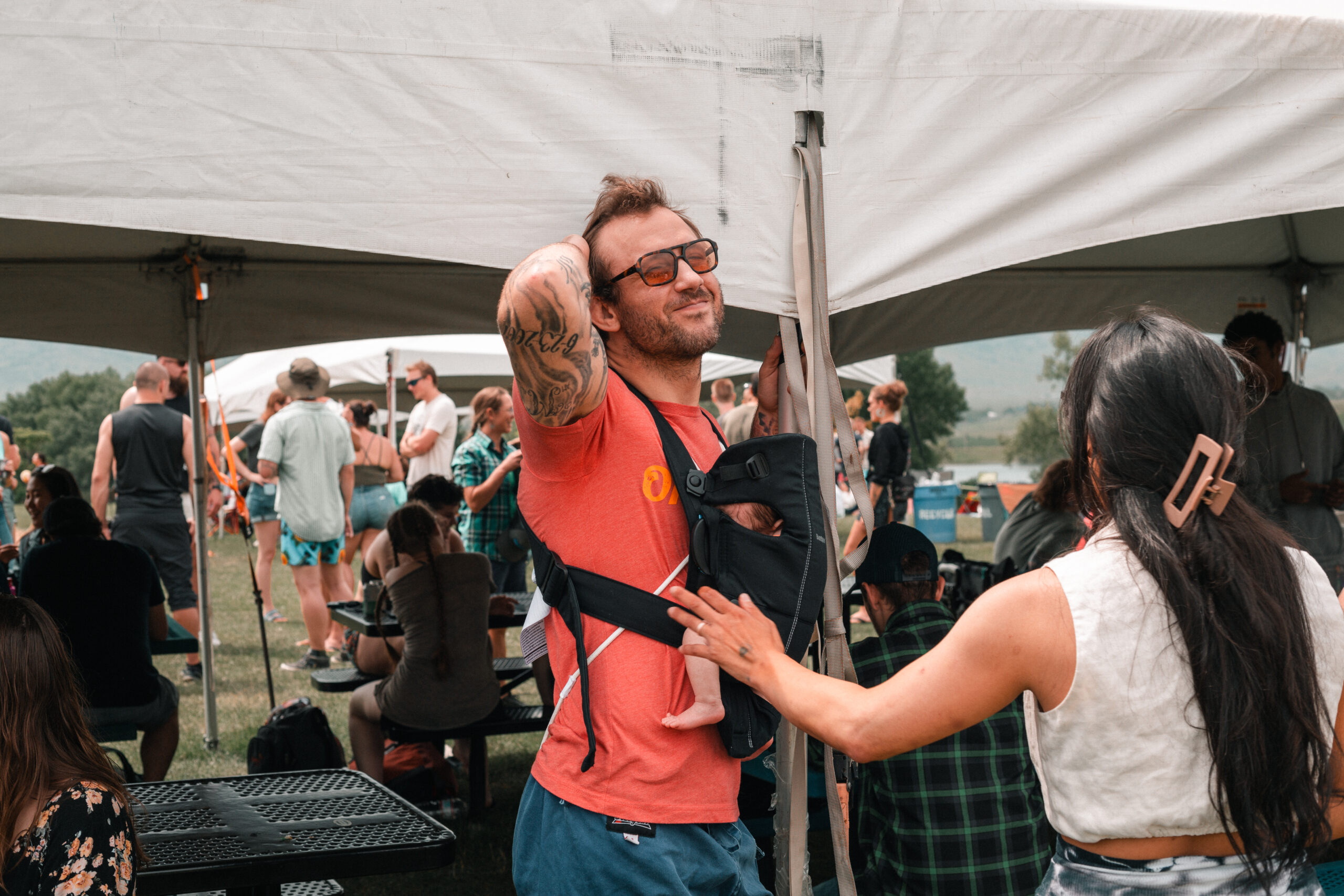
Gradual Return to Training
As you progress through rehabilitation, work closely with your healthcare professional to determine when it’s safe to return to martial arts training. Start with light drills and gradually increase intensity to avoid re-injury. Listen to your body and communicate openly with your instructors about your progress.
Recovering from an injury can take time, but ensuring you’ve fully recovered before returning to the mats can help prevent long-term damage and additional injuries. Using these tips as a guide can help you stick to a recovery plan and come back stronger and healthier than you were before!
[The Other Half of Training: Flexibility and Mobility]


